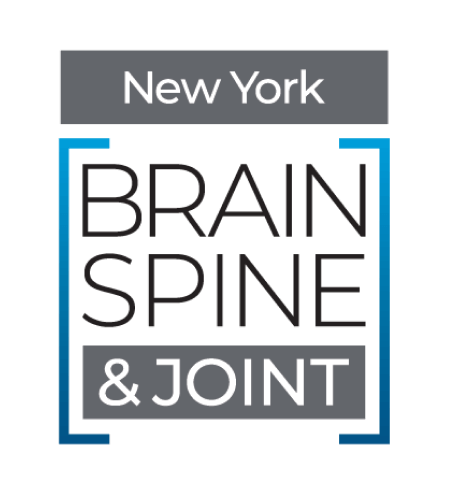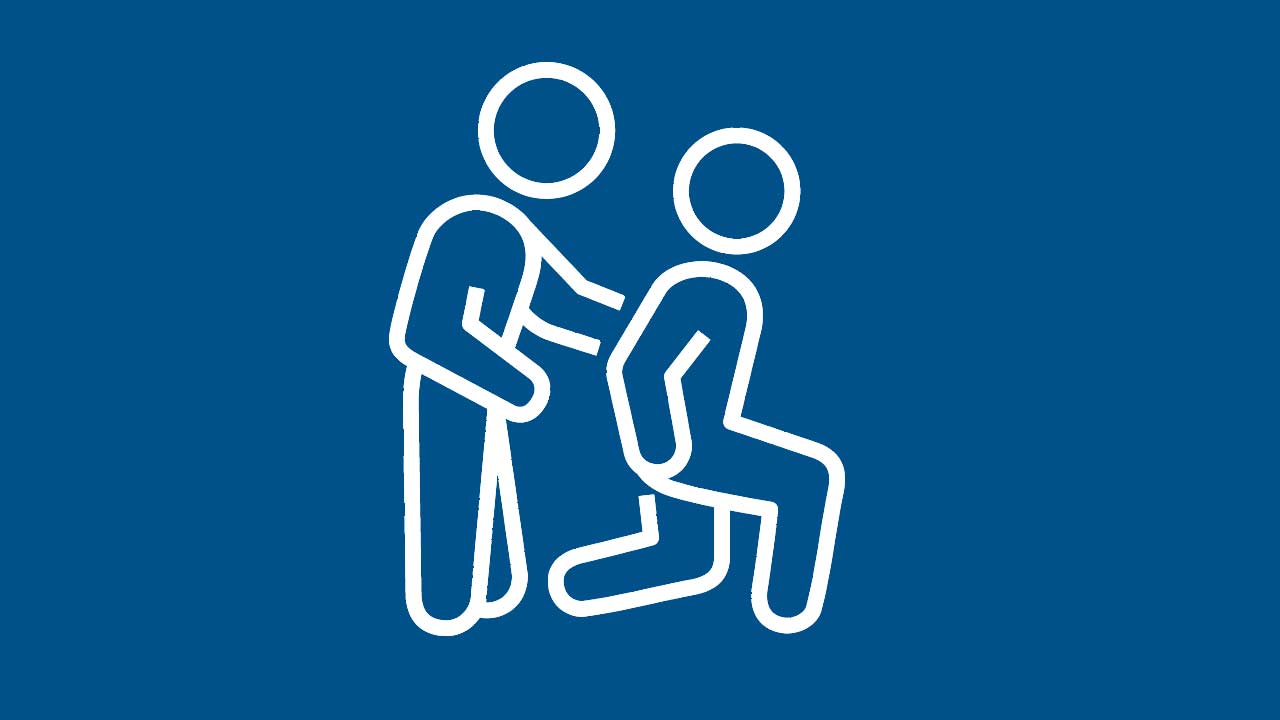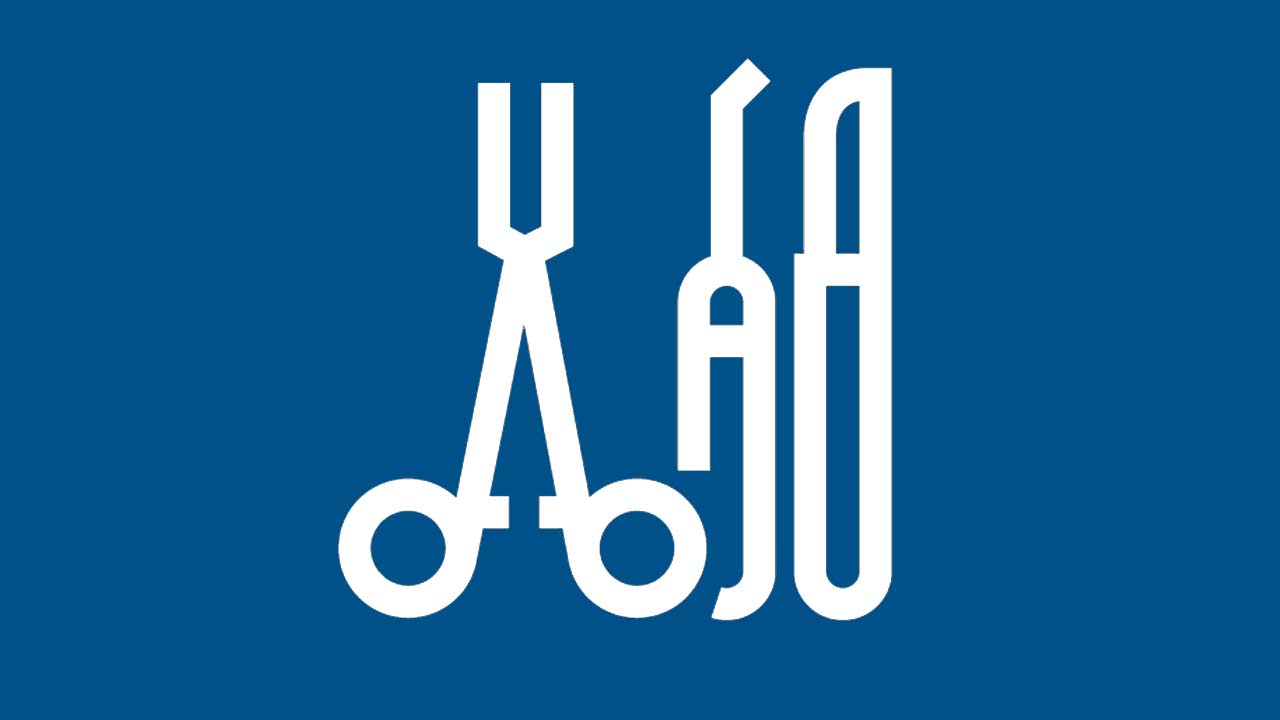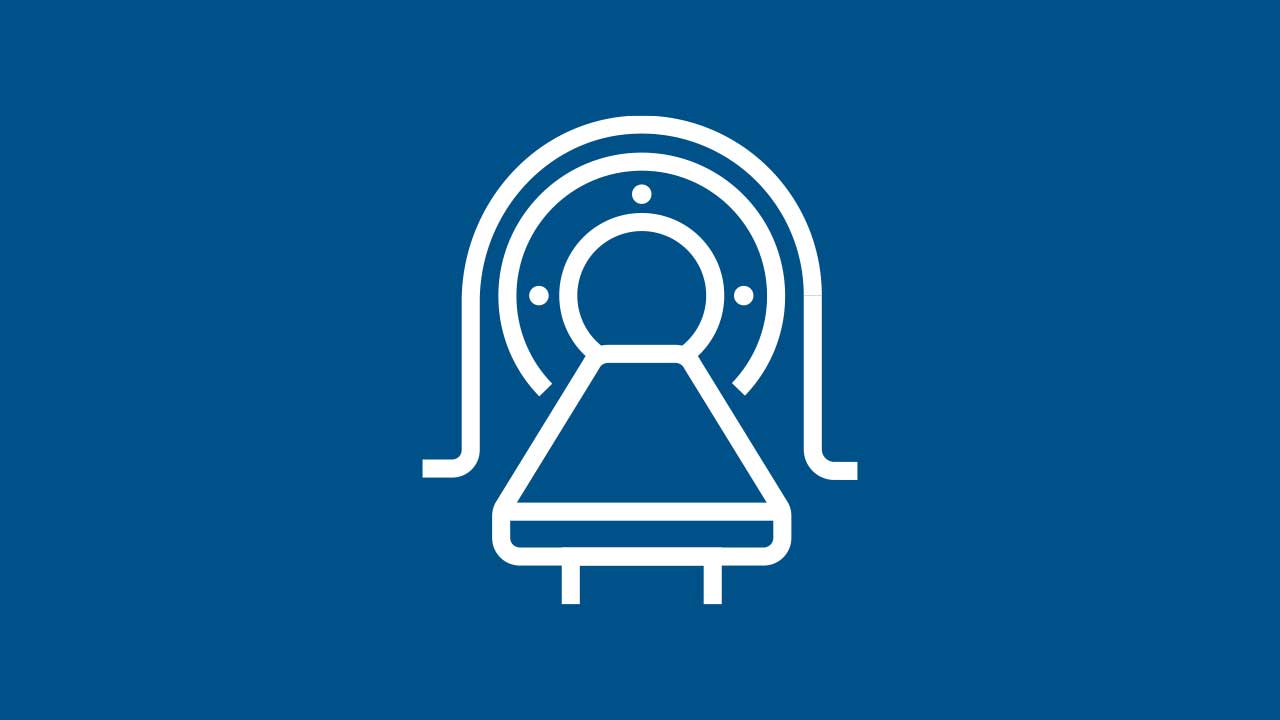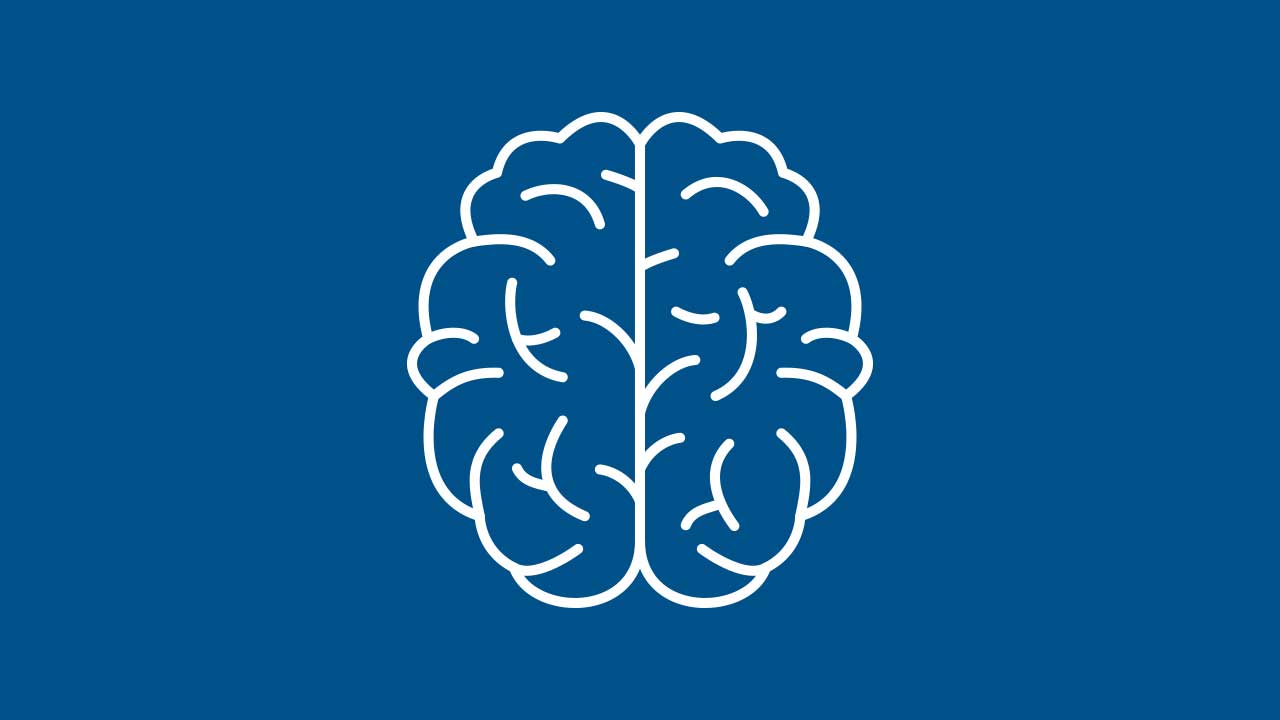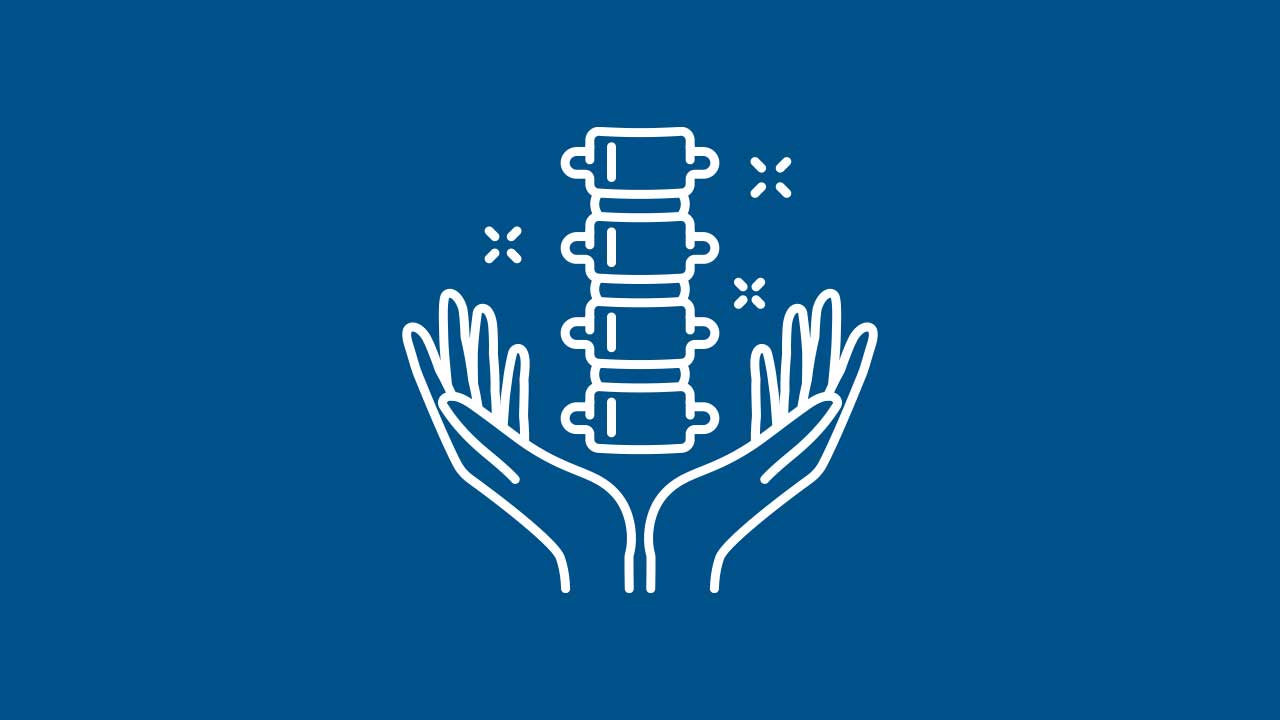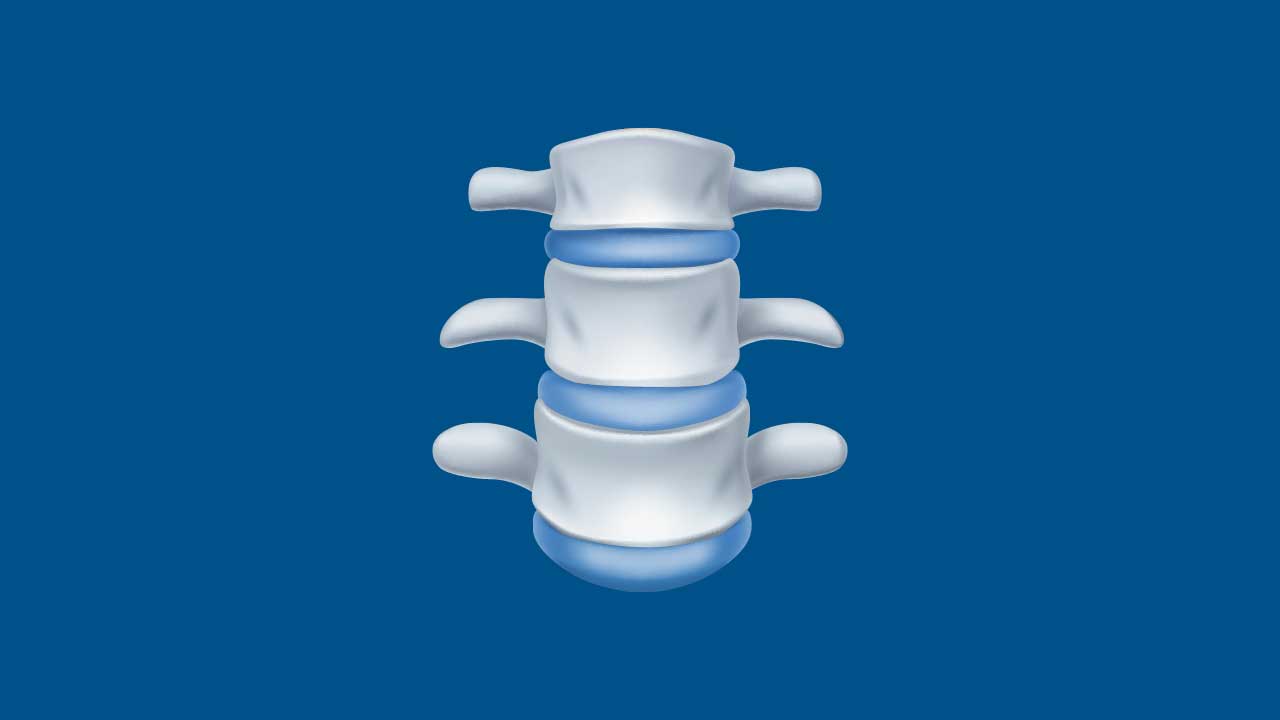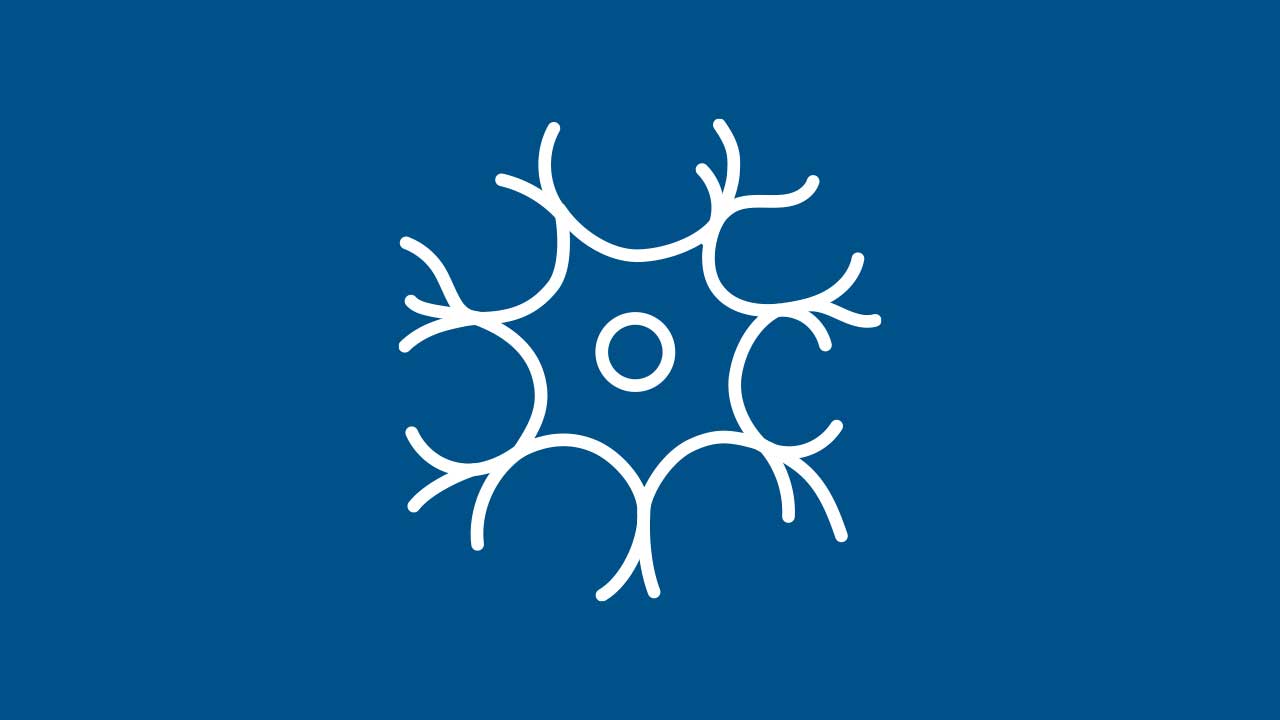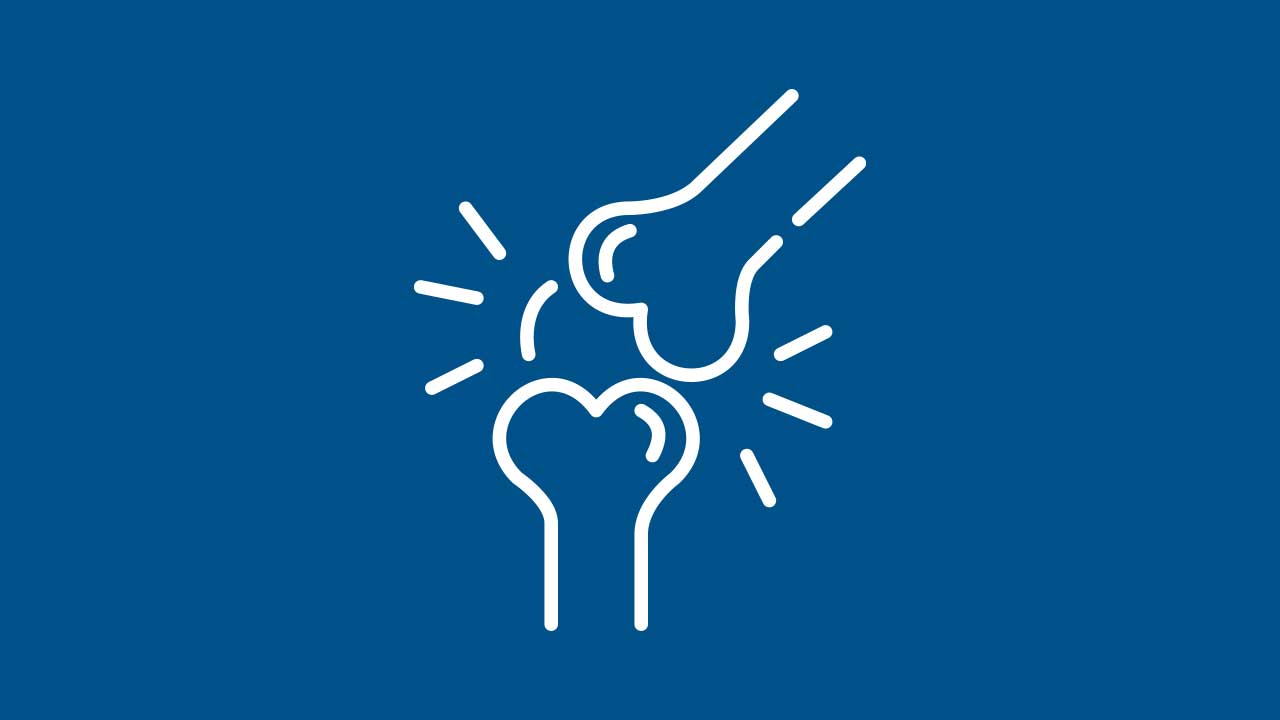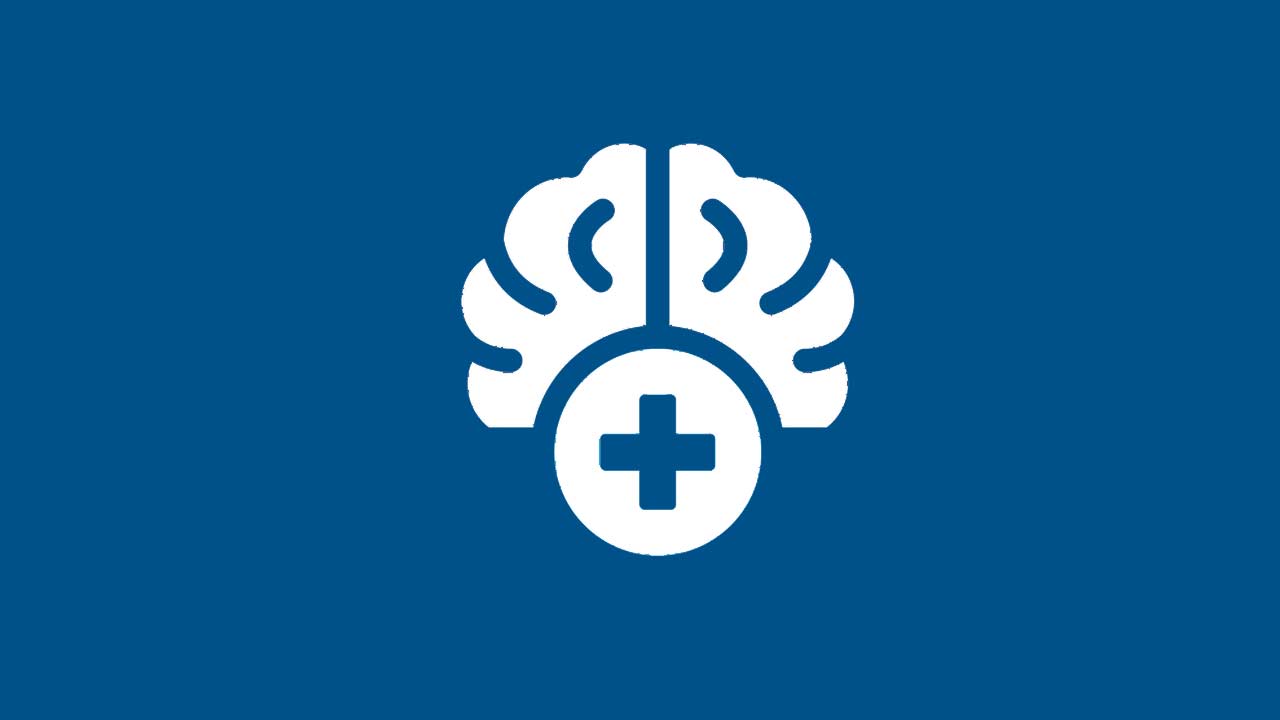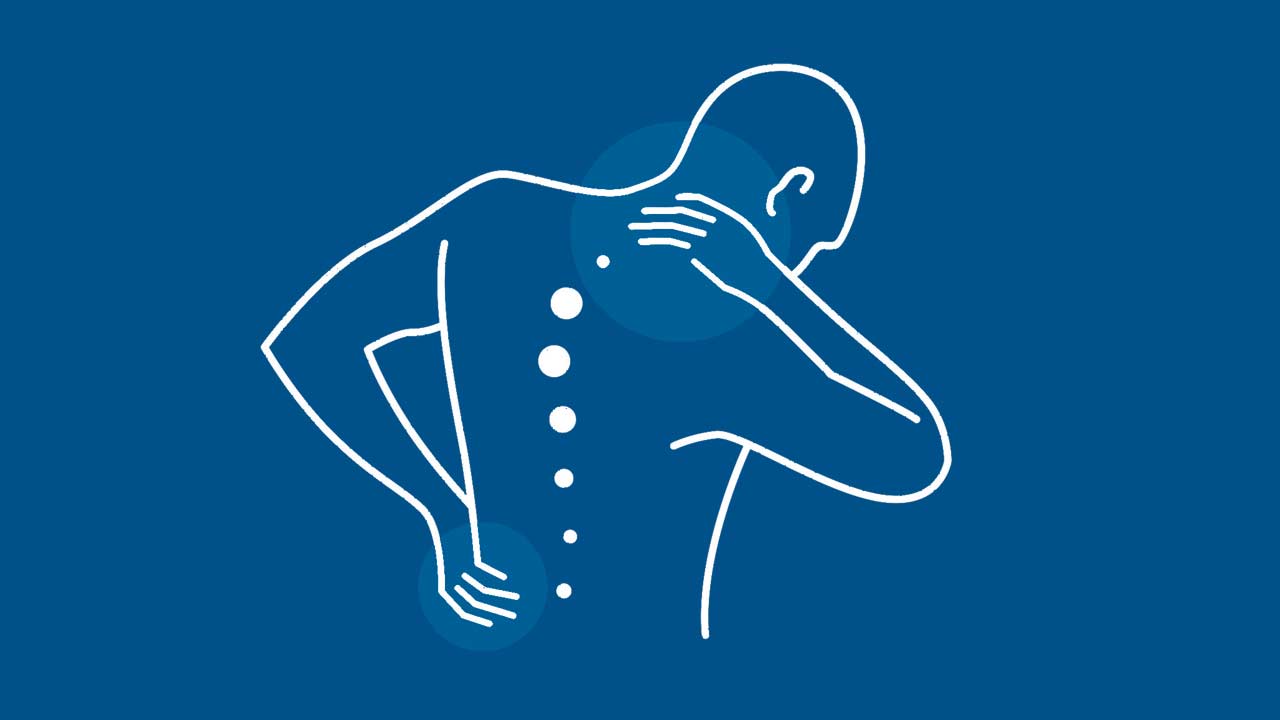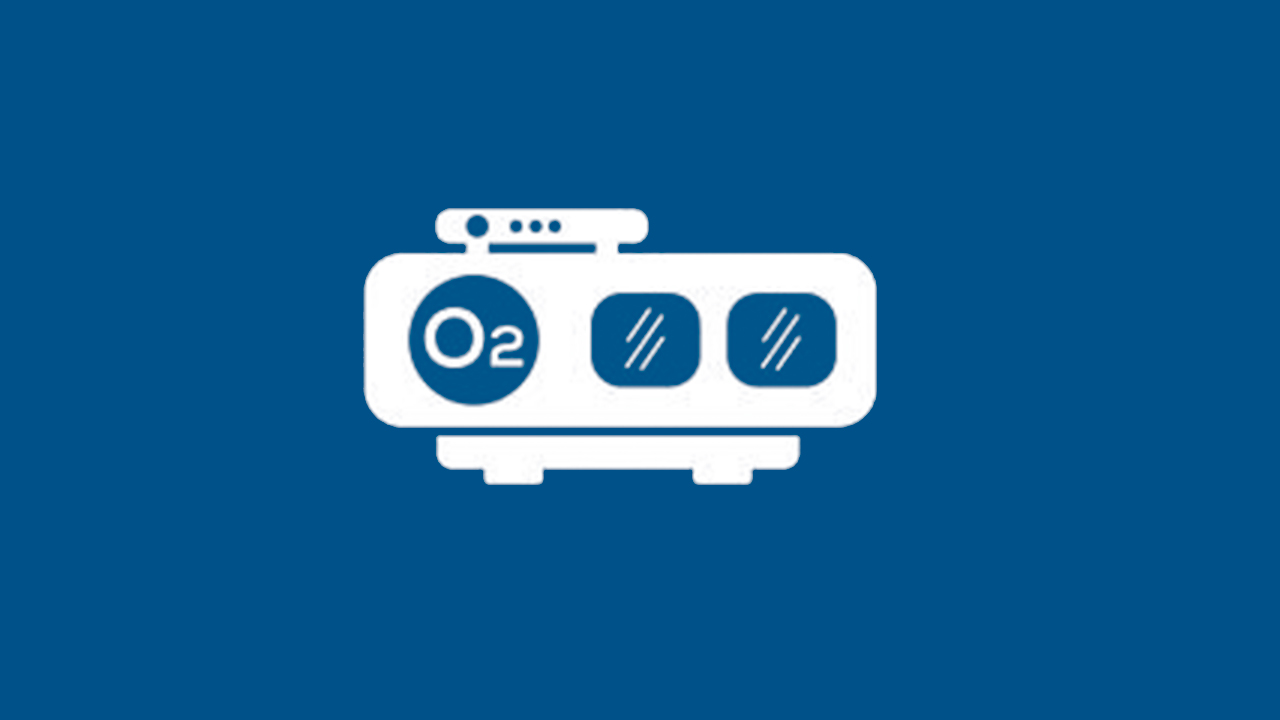Headache
Share This Page
Headaches: Understanding, Diagnosing, and Effectively Managing Pain
Headaches are among the most common health complaints, affecting nearly everyone at some point. While occasional headaches often resolve quickly, frequent or severe headaches can significantly impact quality of life, limiting daily activities and overall well-being. Understanding the types, causes, and effective management strategies for headaches is essential for reducing their frequency and severity. This article provides a comprehensive overview of headaches, highlighting symptoms, diagnostic approaches, and effective treatment options available.
Understanding Headaches
Headaches are classified into two main categories:
Primary Headaches
These headaches occur independently without an underlying medical condition.
- Tension Headaches: Often related to stress or muscle strain.
- Migraine Headaches: Characterized by intense, pulsating pain, often accompanied by nausea, sensitivity to light, and visual disturbances.
- Cluster Headaches: Severe headaches occurring in cycles or clusters, usually causing intense pain around one eye.
Secondary Headaches
Caused by an underlying health issue, such as infections, sinus disorders, head injuries, or more serious conditions.
Common Causes and Risk Factors
While the precise cause of headaches can vary, several factors are known to trigger or contribute to headaches:
- Stress and Anxiety: Often trigger tension and migraine headaches.
- Diet and Hydration: Certain foods, alcohol, caffeine, or dehydration can provoke headaches.
- Sleep Patterns: Poor sleep quality, sleep disturbances, or inconsistent sleep schedules may increase headache frequency.
- Environmental Factors: Bright lights, strong odors, weather changes, and loud noises.
- Hormonal Fluctuations: Especially common in women, due to menstrual cycles, pregnancy, or menopause.
Common Symptoms of Headaches
Headache symptoms can vary significantly depending on the type:
Tension Headaches
- Dull, aching pain typically felt on both sides of the head.
- Tightness or pressure sensation around the forehead or back of the head and neck.
Migraine Headaches
- Intense throbbing or pulsating pain, usually on one side of the head.
- Sensitivity to light, sound, and smells.
- Nausea or vomiting.
- Visual disturbances (auras), such as flashing lights or zigzag lines.
Cluster Headaches
- Sudden, severe pain typically around one eye or one side of the face.
- Redness, swelling, or watering of the affected eye.
- Nasal congestion or runny nose.
Diagnosing Headaches
An accurate diagnosis involves a detailed evaluation by healthcare professionals, including neurologists or headache specialists:
Clinical Evaluation
- Detailed medical history review, including headache patterns, triggers, and associated symptoms.
- Comprehensive physical and neurological examination.
Diagnostic Tests
- MRI or CT scans: May be used to rule out serious underlying conditions.
- Blood Tests: Identify potential infections, inflammation, or other medical issues causing secondary headaches.
Non-Surgical Treatment Approaches
Effective management of headaches often involves a combination of lifestyle changes, preventive strategies, and medications:
Lifestyle and Home Remedies
- Regular exercise and stress-reduction techniques, such as yoga or meditation.
- Maintaining a consistent sleep schedule and practicing good sleep hygiene.
- Dietary adjustments, avoiding known trigger foods and beverages.
- Adequate hydration throughout the day.
Medications
- Pain Relievers: Over-the-counter analgesics like acetaminophen, ibuprofen, or naproxen.
- Prescription Medications: Triptans for migraines, preventive medications like beta-blockers, antidepressants, or anticonvulsants for chronic headaches.
Complementary Therapies
- Acupuncture or biofeedback therapy.
- Physical therapy to alleviate muscle tension contributing to headaches.
Advanced and Specialized Treatment Options
For severe or persistent headaches, specialized treatment strategies may include:
- Botox Injections: FDA-approved treatment for chronic migraines.
- Nerve Blocks: Injected anesthetics to reduce inflammation and interrupt pain signals.
Preventing Headaches
Prevention involves identifying and managing personal triggers:
- Maintaining a headache diary to identify and avoid triggers.
- Regular sleep patterns and stress management practices.
- Prophylactic medications when recommended by your healthcare provider.
Our Multidisciplinary Approach in NYC
At our multi-location, multi-disciplinary practice in the New York City metro area, we specialize in comprehensive headache management. Our expert team of neurologists, pain management specialists, physical therapists, nutritionists, and psychological counselors collaborate closely to provide personalized treatment plans tailored to each patient's needs. Our goal is to help patients from across New York state, the United States, and internationally manage headaches effectively, reduce frequency and severity, and improve overall quality of life.
Frequently Asked Questions (FAQs)
When should I see a doctor about headaches
Seek medical attention if headaches become frequent, severe, interfere with daily activities, or are accompanied by unusual symptoms like visual disturbances or neurological changes.
Can headaches indicate a serious medical condition?
While most headaches are benign, some may signal serious conditions. Seek immediate medical attention for sudden, severe headaches or headaches following trauma.
Are migraines hereditary?
Yes, migraines often run in families, suggesting a genetic predisposition.
Additional Resources
- National Institute of Neurological Disorders and Stroke (NINDS) – Headache Information
- American Migraine Foundation
Conclusion
Headaches, while common, can significantly impact your quality of life if not effectively managed. With a comprehensive, integrated treatment approach—combining lifestyle adjustments, medications, and targeted therapies—many individuals experience substantial relief and improved daily functioning. Our dedicated, expert team in the New York City metro area is committed to providing the advanced diagnostics, personalized care plans, and continuous support needed for effective headache management.
Disclaimer: This article is for informational purposes only and does not substitute professional medical advice, diagnosis, or treatment. Always consult your healthcare provider for personalized guidance.
